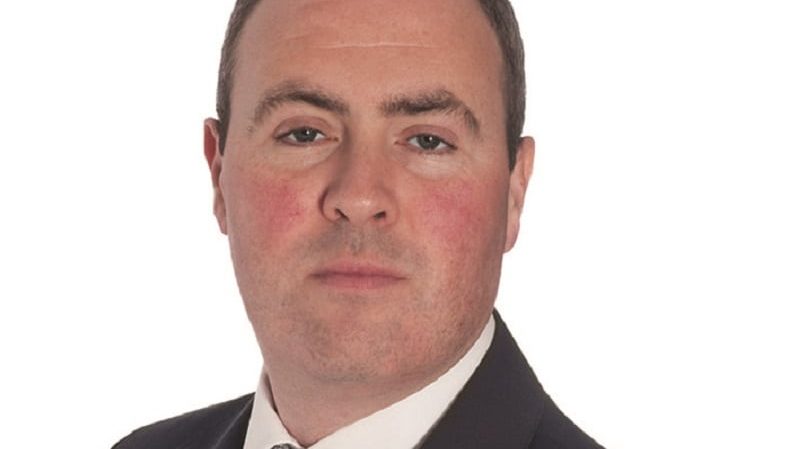The asset manager has thrown its hat into the low-cost ring, responding to what it sees as a gap in the market for competitively priced active products in the era of pension freedoms.
Launched over a week ago, the BMO Universal MAP suite, which includes a cautious, balanced and growth portfolio, will tap into the growing auto-enrolment market and target clients with smaller pension pots who are looking to transfer out of defined benefit schemes or move into defined contribution schemes.
Because workplace pension schemes have a 75bps cap in place to prevent additional cost and charges from eating into customers’ pension pots, passive products from mega firms like Vanguard and life insurers like Legal & General and Aviva have been the default solution.
Around this proposition, there has been “a lack of innovation in the marketplace”, said Robert Thorpe, head of UK intermediary at BMO GAM.
“There have been a number of solutions that have been launched that are active in terms of allocation, but the underlying investments are passive.
“No one has actually been able to offer a solution where everything is active – active asset allocation, active tilting of those allocations and the additional alpha opportunity of using underlying active solutions, which is what we’ve done,” said Thorpe.
Fund facts
The BMO Universal MAP range target different volatility outcomes of 6-8% on the cautious end, 8-10% for balanced and 10-12% for the growth strategy.
All the portfolios have expectations of returns above CPI (consumer price inflation) and have been stress tested in terms of client expectations around volatility and returns, BMO GAM said.
BMO GAM’s 20-strong multi-asset team will help manage the products, with London team leader Paul Niven (pictured) leading the charge.
The investment universe is made up primarily of BMO’s own active funds but also includes some third-party ETFs at this stage, in addition to derivatives to modify duration and collectives.
The funds will invest in a combination of UK and non-UK equities, including emerging markets, government bonds, credit and cash but will not include alternatives exposure.
“We have obviously started running these products with relatively small scale,” said Niven.
“We’ve got ambitious targets and we do expect them to grow relatively materially. Today, we’re accessing some of the fixed income exposure by using active internal collectives and also some third-party ETFs. As the scale grows, then we’ll be able to delegate to internal managers the selection of individual securities and invest across more strategies than we do to-date.”
BMO GAM’s multi-asset team manages £32.8bn globally.










